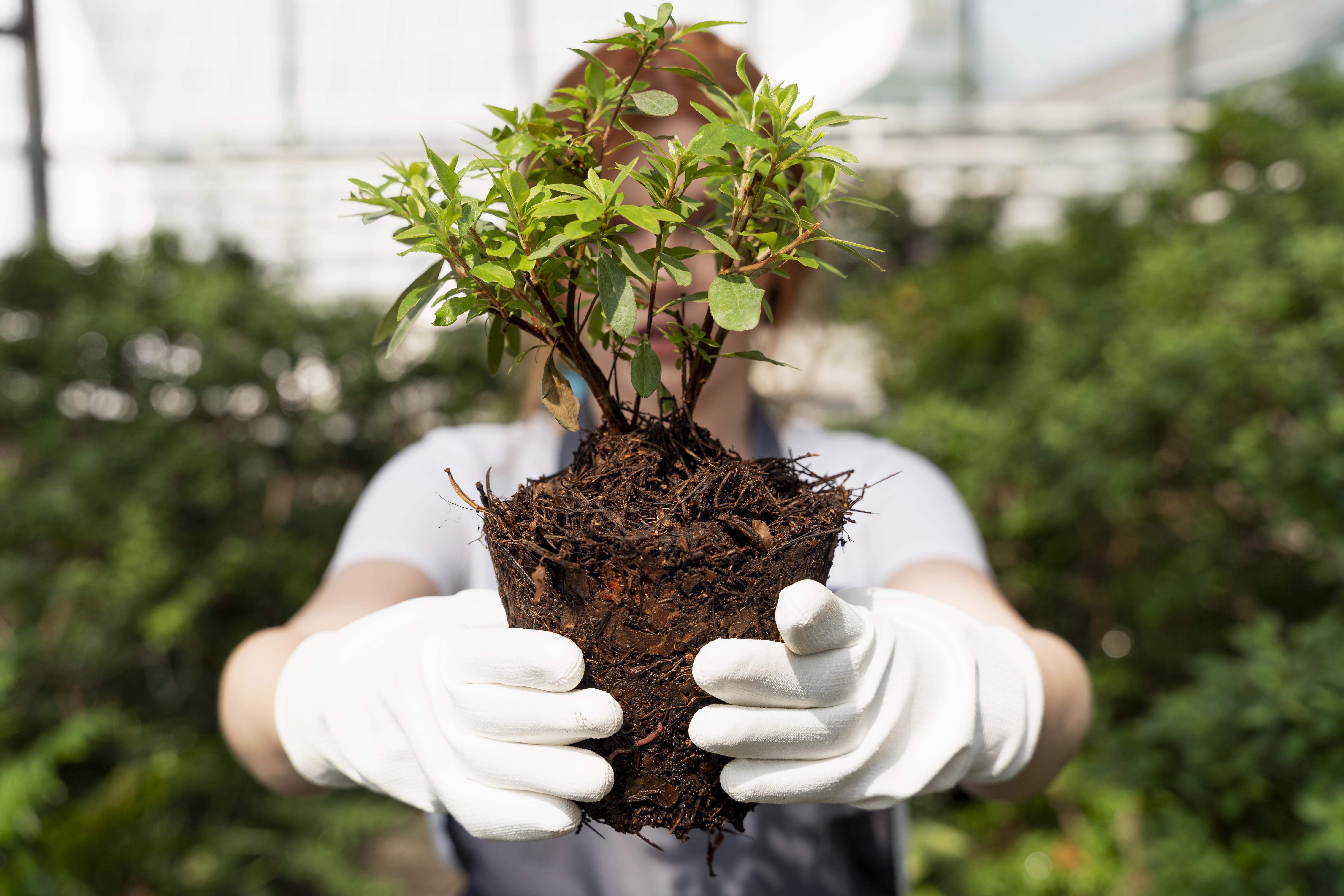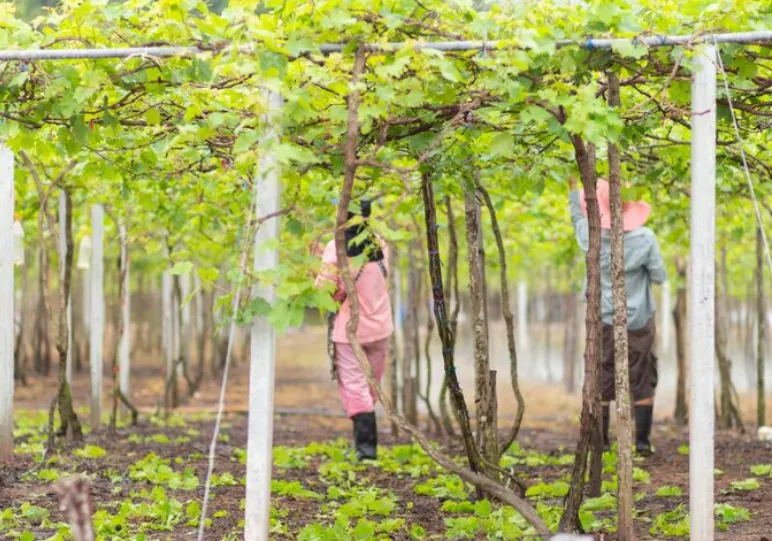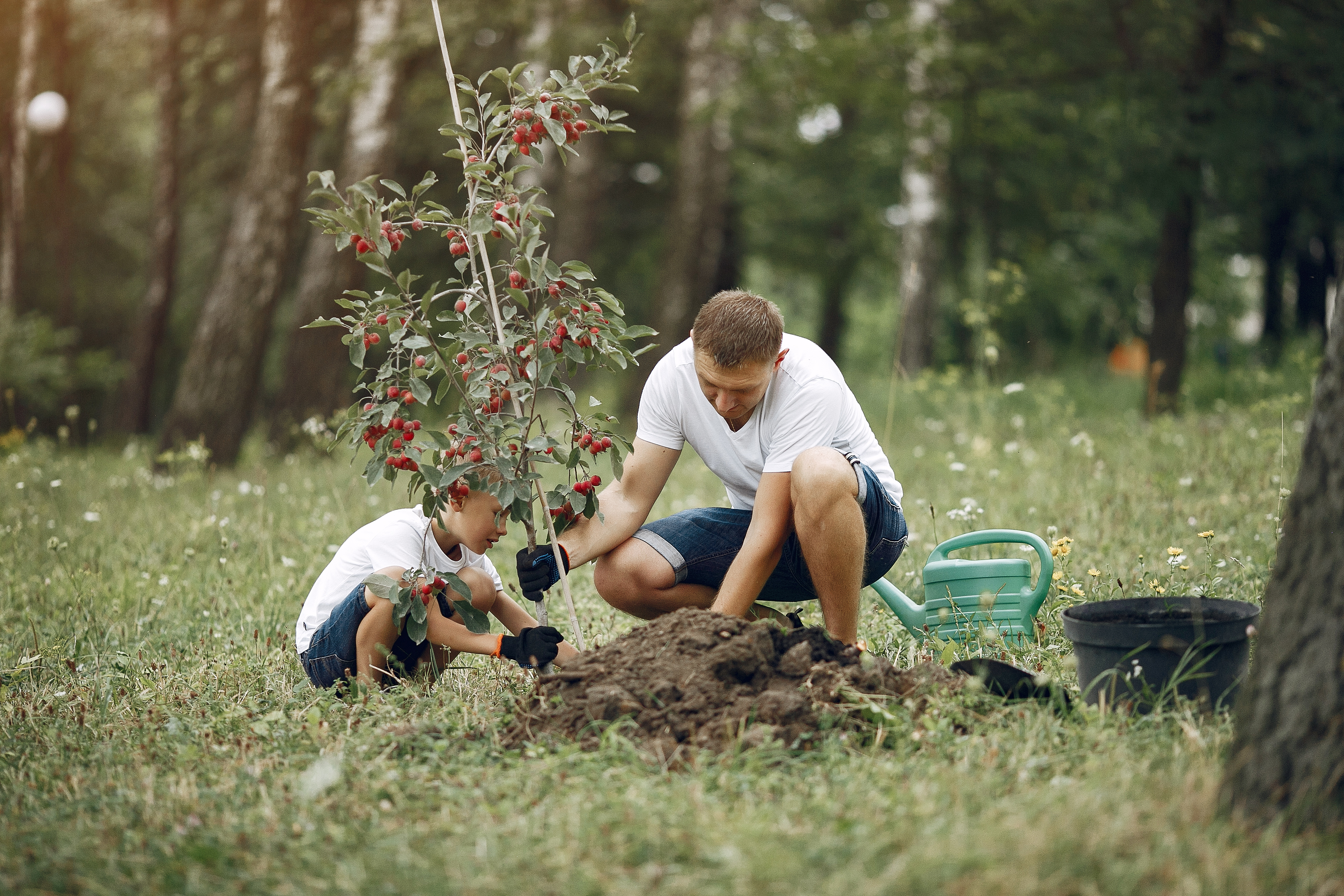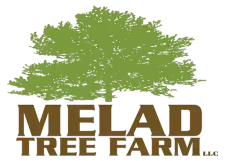Tree Nursery Near Melba: Native and Shade Trees for Canyon County Properties
Melba sits in the Snake River Valley where soil drains fast and summers hit 95°F. Farms and larger properties near Melba need trees that handle heat, wind, and alkaline dirt. This page covers tree nursery Melba options—what grows well, how to pick, and why field-grown beats boxed. Visiting a nursery near Melba means seeing root systems before you plant, not guessing from a photo. We serve property owners in Melba and surrounding Canyon County areas.
Field-Grown Trees Handle Melba's Heat and Wind Better Than Container Stock
Acreage owners and small farms near Melba and Givens Hot Springs Road face tough growing conditions. Field-grown trees develop deeper taproots that survive summer drought without daily watering. Properties near Melba often lack pressurized irrigation—trees must tolerate flood or wheel-line schedules.
When you visit our tree farm, trees come balled-and-burlapped or bare-root depending on size and species. We grow stock in field rows where roots dig deep before harvest. Container trees from big-box stores sit in potting mix that dries out fast once you plant them in valley soil. Field-grown stock adapts faster because the root system already knows how to find water below the surface.
Choosing the Right Tree Depends on Your Property's Irrigation and Soil Type
New property owners and those replanting after clearing sagebrush or converting pasture need the right match. Matching tree species to water access prevents die-off in the first summer. Melba-area soil runs sandy-loam with high pH—some maples and birch struggle without amendments. Our nursery staff ask about well capacity, ditch rights, and exposure before recommending species
If you irrigate twice a month from a ditch, we steer you toward drought-tolerant natives. If you have drip lines and can water weekly, your options expand to species that need steady moisture. Soil pH near Melba sits above 7.5 in most spots. Trees like honeylocust and hackberry handle alkaline conditions without extra work. You save money and frustration when the tree fits your land from day one.
.


Getting to Our Nursery from Melba Takes Less Time Than Driving to Boise Garden Centers
Customers in Melba, Marsing, and southern Nampa benefit from inspecting trees in person before buying. A shorter drive means less stress on root balls and you can make multiple trips during planting season. From Melba, head north on Highway 45 toward Nampa.
Turn right on Karcher Road and continue east. Turn left on Lake Shore Drive and watch for our farm on the right at 12747 Lake Shore Drive. Plan 15–20 minutes for the drive. We hold trees with a deposit if you need time to prep the site. Boise garden centers sit 30–40 minutes away and stock container trees shipped from out of state. Our field-grown inventory comes from the orchard you see when you arrive.
We serve clients across multiple locations—visit our locations page to learn more.
Planting Season Runs March Through May and September Through October in Canyon County
DIY planters and contractors preparing new builds or farmsteads near Kuna and Greenleaf should time plantings right. Planting during dormancy or cool weather reduces transplant shock and water demand. July and August planting near Melba often fails—daytime heat exceeds 95°F and wind dries out root zones fast.
Bare-root inventory sells out by April because demand is high and supply is limited. Balled-and-burlapped trees remain available into fall for customers who missed spring. Spring planting gives trees a full growing season to establish before winter. Fall planting works when soil stays warm enough for root growth before freeze. Avoid planting when temperatures climb above 90°F or when ground is frozen.
Call to confirm current inventory for spring or fall planting.


Mature Trees Need Root Pruning and Hardening Before They Leave the Nursery
Buyers wanting 8–12 ft shade trees or evergreens for immediate screening need healthy root systems. Root-pruned trees establish faster than wild-dug or container-shocked transplants. Nurseries near Melba grow trees in field rows, digging them the season before sale to develop feeder roots. We prune roots a year ahead so trees grow dense fibrous roots inside the future root ball.
This process hardens trees and prepares them for transplant stress. Larger caliper trees (2–3 inches) require truck delivery and two people to handle. A mature tree weighs several hundred pounds once balled and wrapped. You cannot fit these in a pickup bed without damaging the root ball or your truck.
Watering Schedules Change After Year One for Trees Planted Near Melba
First-time tree buyers and those managing multiple plantings across acreage need a clear watering plan. Deep watering every 7–10 days beats daily sprinkler hits once roots spread past the planting hole. Many Melba properties use flood irrigation—trees on berms or away from ditch lines need separate drip zones. Year-one care determines survival; year-two trees tolerate typical Snake River Valley conditions.
Water deeply to encourage roots to grow down instead of staying shallow. Shallow roots dry out fast in sandy soil and summer heat. After the first year, established trees handle longer gaps between watering. Adjust your schedule based on tree size, species, and whether you see wilting during hot stretches. For detailed guidance on proper tree care, the University of Idaho Extension provides research-based planting and maintenance recommendations for Idaho conditions.

Frequently Asked Questions
Trees are serious, and so are your questions. Here are just a few:
Can I pick up trees the same day I visit the nursery from Melba?
Yes if the tree is in stock and ready to go. Larger trees may need next-day prep for digging and wrapping. Call ahead to confirm availability so we can have your order ready when you arrive.
Do you deliver to properties near Melba and Givens Hot Springs?
Delivery is available for orders over a certain quantity. Call for scheduling and to discuss your property access and unloading options.
What trees survive without daily watering after the first summer?
Honeylocust, hackberry, and Austrian pine survive without daily watering if planted correctly and deep-watered. These species handle heat and alkaline soil common near Melba.
When should I avoid planting trees near Melba?
Avoid planting mid-June through August. Heat and wind cause transplant shock even with irrigation during these months.
Can I plant trees if my property only has flood irrigation?
Yes—plant near ditch lines or add drip zones for trees away from flood paths. Trees on higher ground need supplemental water separate from flood schedules.
How long does it take for a tree to provide shade on a Melba property?
Expect 3–5 years for noticeable canopy. Fast growers like cottonless cottonwood provide shade quicker than slower species.
COMPANY
CUSTOMER CARE
LOCATIONS
NEWS
LEGAL

© Copyright 2025. Melad Tree Farm. All Rights Reserved.